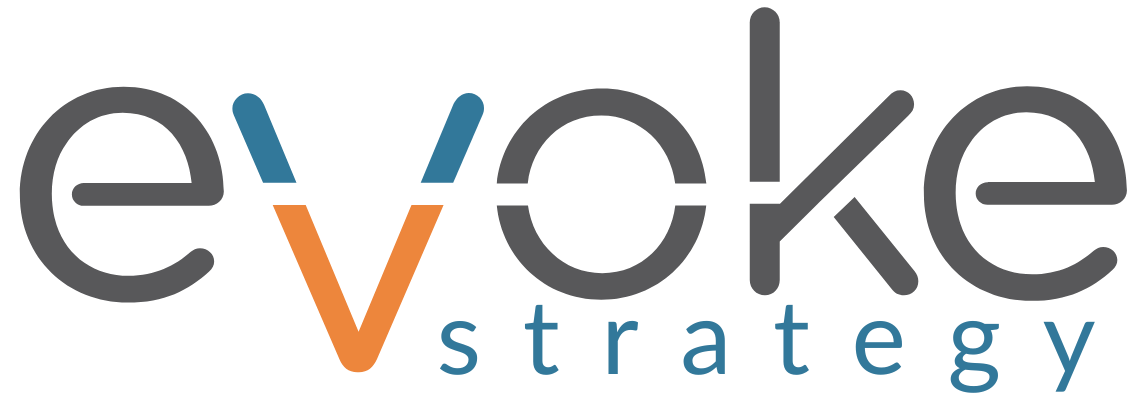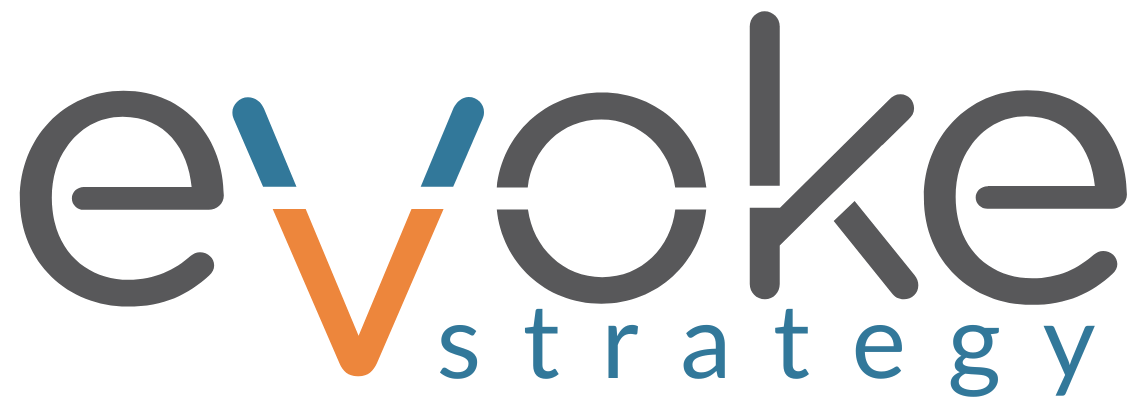The Million-Dollar Question Nobody’s Asking
Let me tell you about a conversation that happened in a boardroom last month.
The Marketing Director was presenting quarterly results.
- Digital marketing: Up 23%.
- Email campaigns: 31% improvement in conversion rates.
- Social media: Record engagement.
Then she got to PR: “We secured 47 media placements reaching 2.3 million people, including that fantastic feature in Industry Today.”
The CEO nodded approvingly. “Great work. What did that translate to in terms of business impact?”
Silence.
Not because the PR wasn’t valuable. Not because the coverage wasn’t excellent. But because nobody in that room could connect those 47 media placements to a single dollar of revenue or even one qualified lead.
The Invisible ROI
Think about your last major PR win. The industry award. The thought leadership piece. The product feature. Now ask yourself: What happened next?
If you’re like most companies, you celebrated, shared it on social, and moved on. Meanwhile, your coverage was quietly influencing dozens of prospects you never knew about.
The brutal reality is that you are sitting on a PR goldmine and don’t even know it.
The Credibility Multiplier: Your sales team sends a link to a prospect. They read it and decide to buy. The “closed-won” deal shows up in the CRM, but PR gets zero credit.
The Phantom Pipeline: Prospects research your company after seeing coverage. They visit your website. But without proper attribution, these leads get credited to “Direct Traffic” or “Organic Search.”
The Acceleration Effect: Deals that might have taken six months close in four because a prospect read your feature story. Without measurement, you never credit PR for that speed.
The Optimization Blind Spot
Why “Flying Blind” is Expensive.
Without measurement, you are making five-figure decisions based on gut feeling. In a world where every other channel is optimized to the nth degree, this is a massive competitive disadvantage.
Budget Blindness: How should you allocate next year’s budget? Without ROI data, you’re essentially throwing darts at a board.
Message Roulette: Which positioning actually drives revenue? Without attribution, you’re guessing.
Channel Confusion: That expensive trade publication might generate zero leads, while a smaller niche newsletter drives qualified traffic. You’ll never know without data.
The Revenue Recognition Problem
Let’s talk about the elephant in the room: Revenue Attribution. Your PR is generating revenue right now. The question is whether you are claiming it.
The Attribution Black Hole: A prospect reads about you in Forbes. Three weeks later, they Google your brand name, visit your site, and book a demo.
- Traditional Analytics: Credits “Google Search” or “Brand Traffic.”
- The Reality: PR created the demand; Search just captured it.
The companies that solve this problem don’t just “prove” PR’s value – they unlock budget to do more of it.
The Implementation Economics
The cost of ignorance is high, but the cost of the solution has never been lower.
- Investment Reality: Comprehensive PR attribution typically requires an investment of $2,000-$4,000 monthly in technology and implementation.
- The Payback: Organizations typically see positive ROI within 3-4 months through optimization improvements alone (identifying which outlets actually work).
- Budget Protection: When economic pressure hits, the activities with clear ROI survive. PR programs with clear attribution are significantly more likely to maintain budget during uncertainty.
The Path to Visibility
The opportunity cost is real, but so is the upside. The companies that implement Full-Funnel Digital PR™ first will be the ones that optimize their investments while competitors operate blind. They will demonstrate business value while others struggle to justify their budgets.
Ready to stop leaving money on the table?
Ready to uncover the hidden value in your PR program? Try our PR-to-Pipeline ROI Calculator to quantify the potential business impact you might be missing without comprehensive measurement.
The future belongs to organizations that can measure, optimize, and scale their PR investments. Quantify the revenue you might be missing right now.
Full-Funnel Digital PR™ Resources
Related Articles
The Great Measurement Gap: Why Traditional PR ROI Fails
Note: This article explores the historical challenges of measuring public relations. If you are looking…
PR Attribution Models: The PR to Pipeline™ Evolution
From Outdated Metrics to Revenue Attribution “How do we measure PR?” used to be a…
The Full-Funnel Digital PR™ Playbook
How to Turn One Piece of Coverage Into 50 Business Opportunities Here is the scenario…



